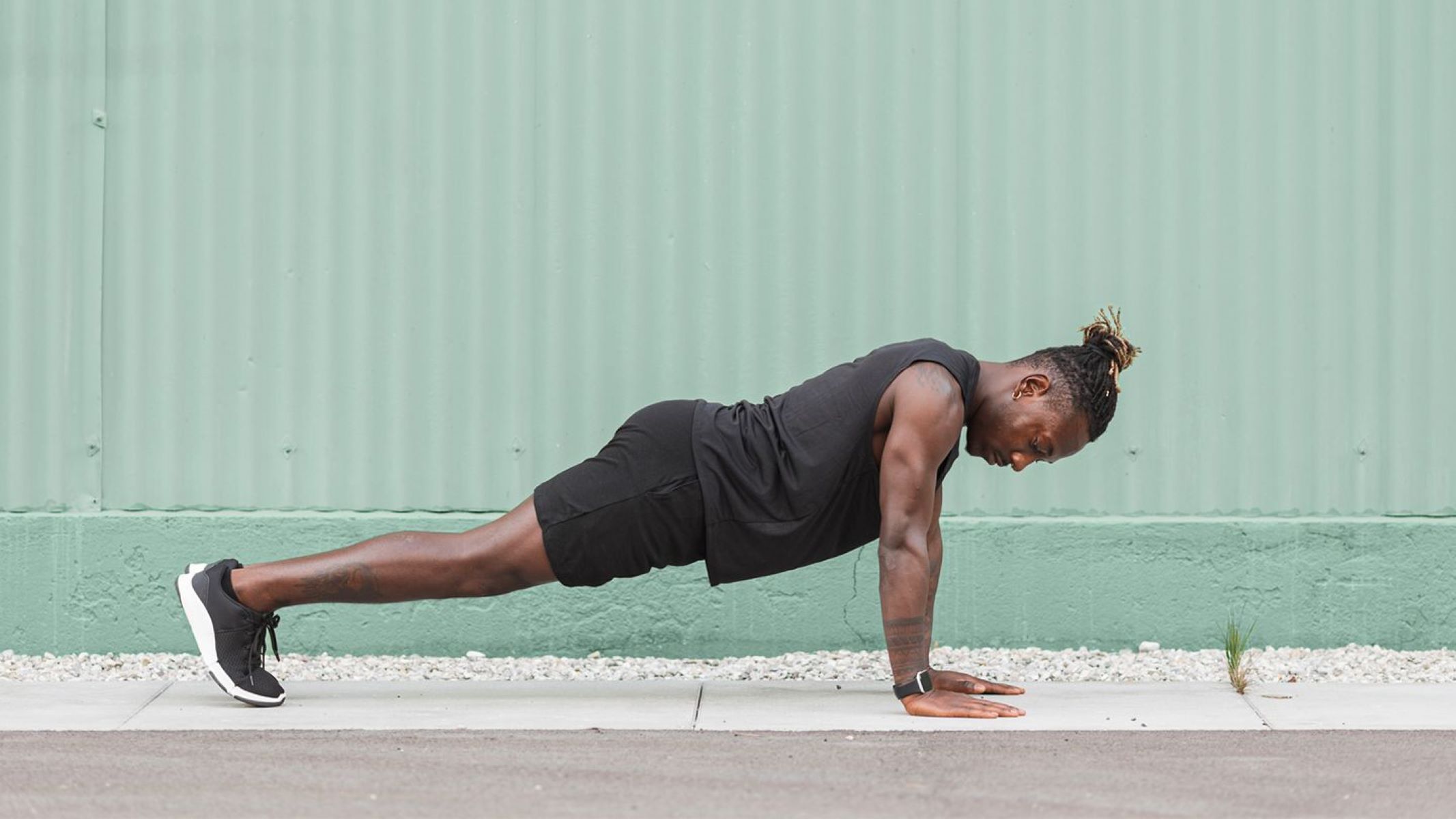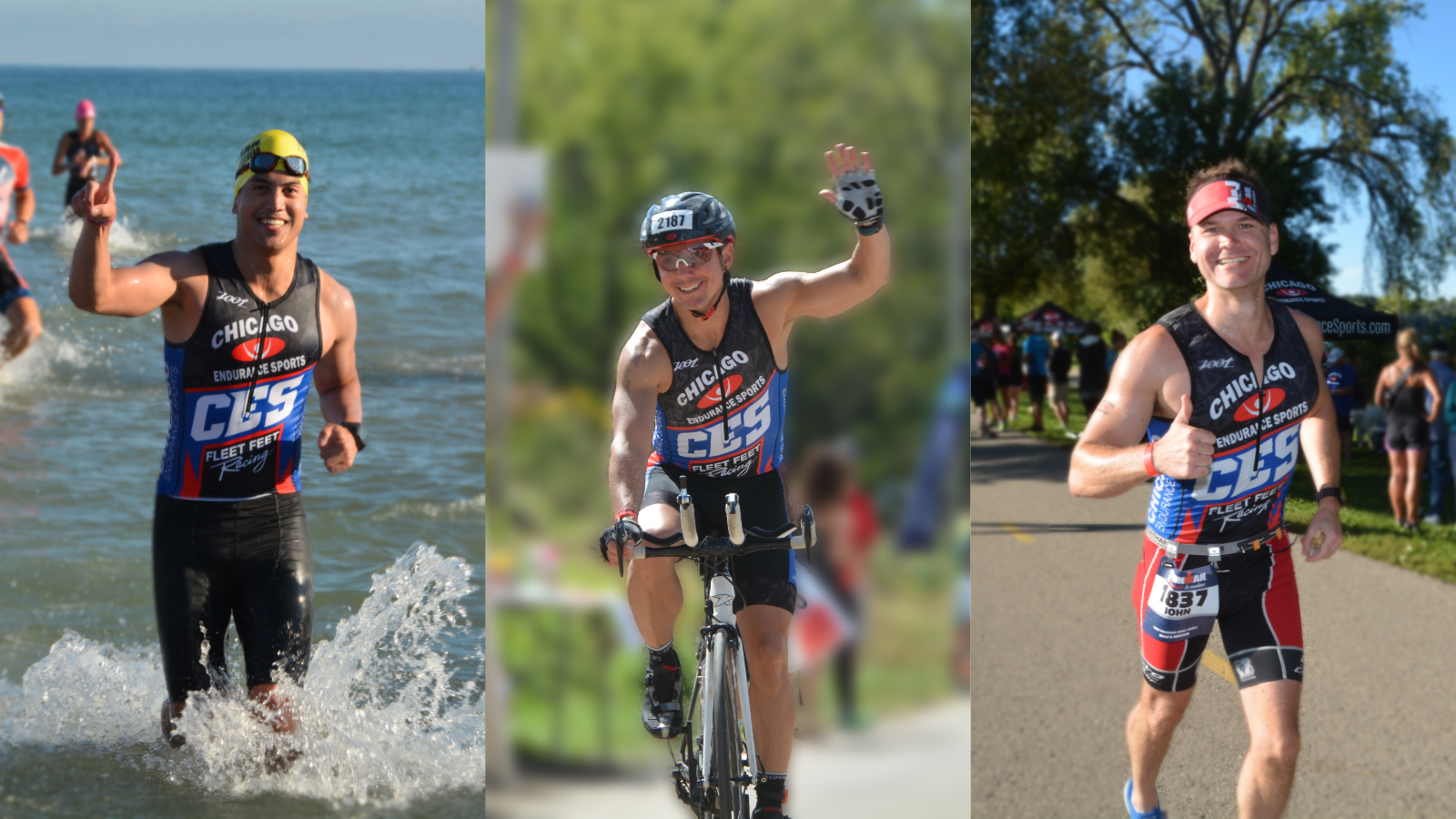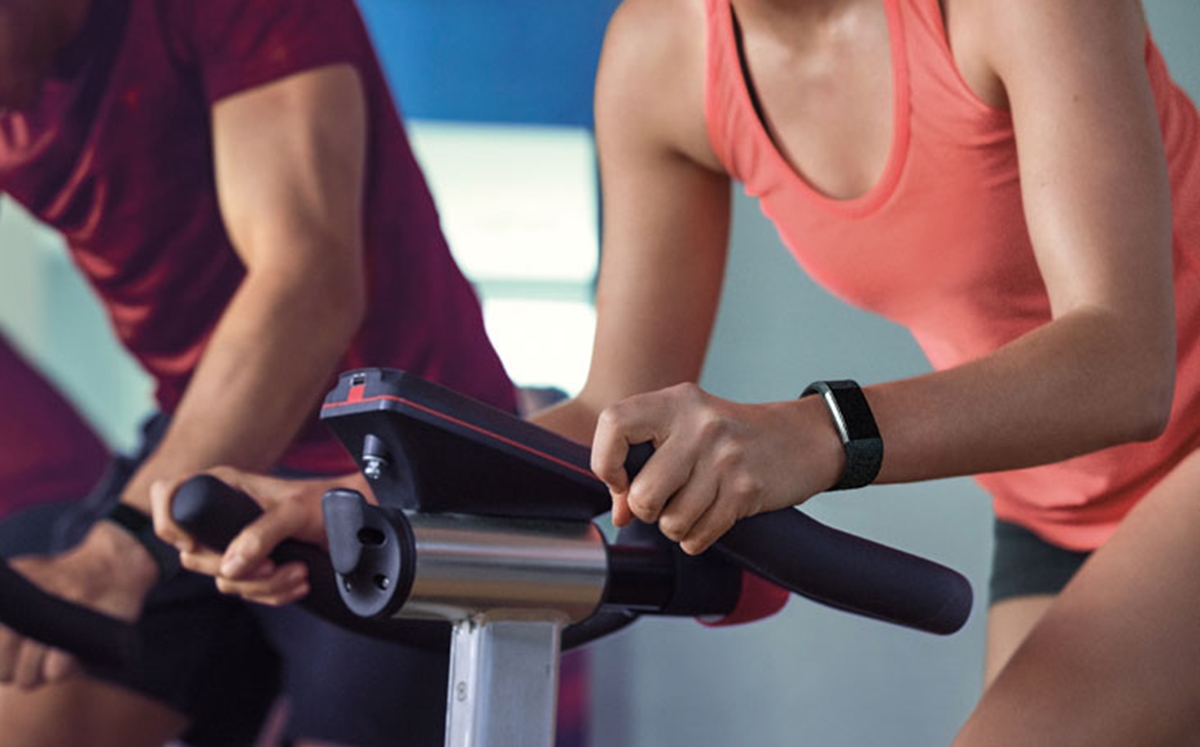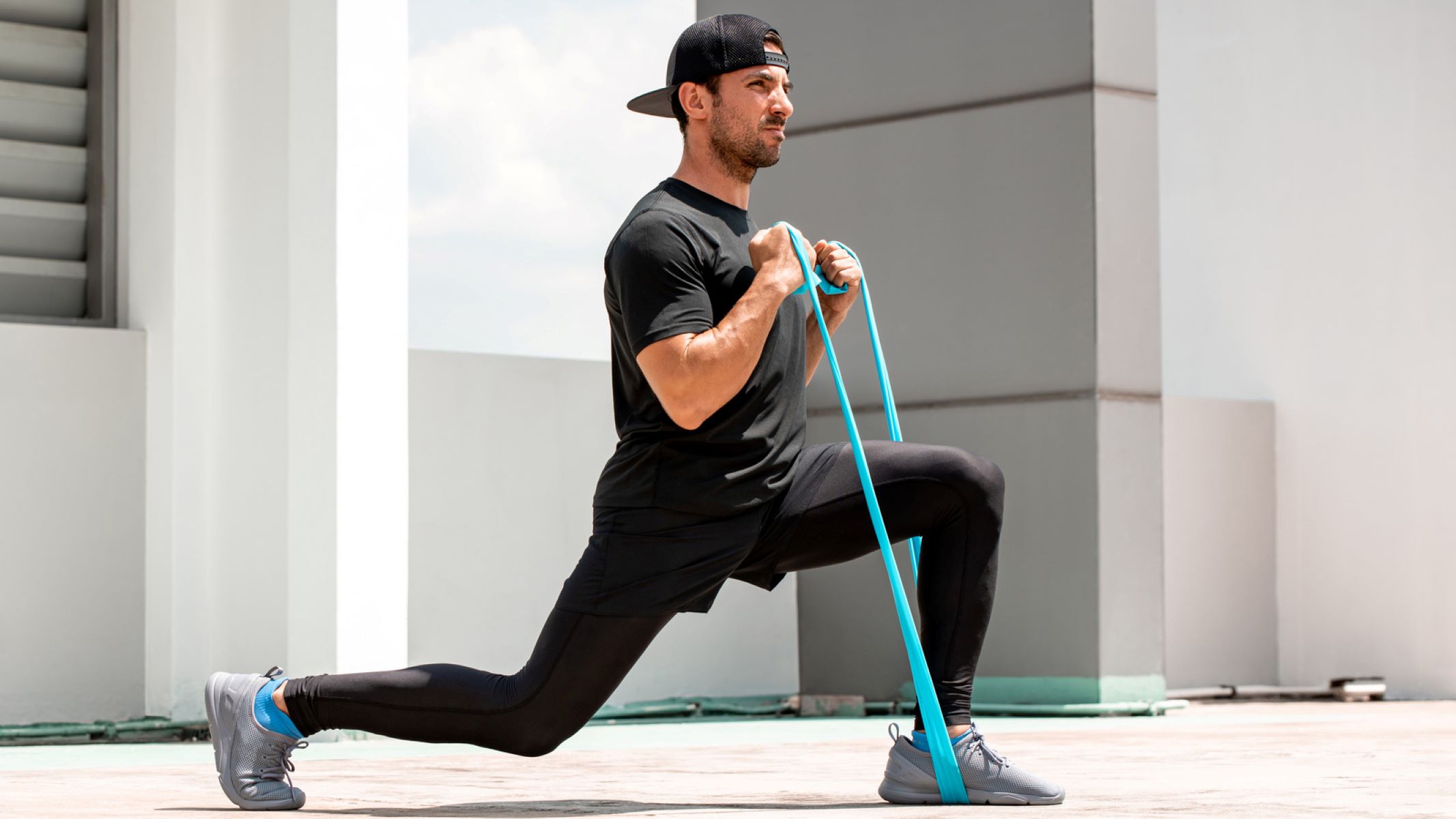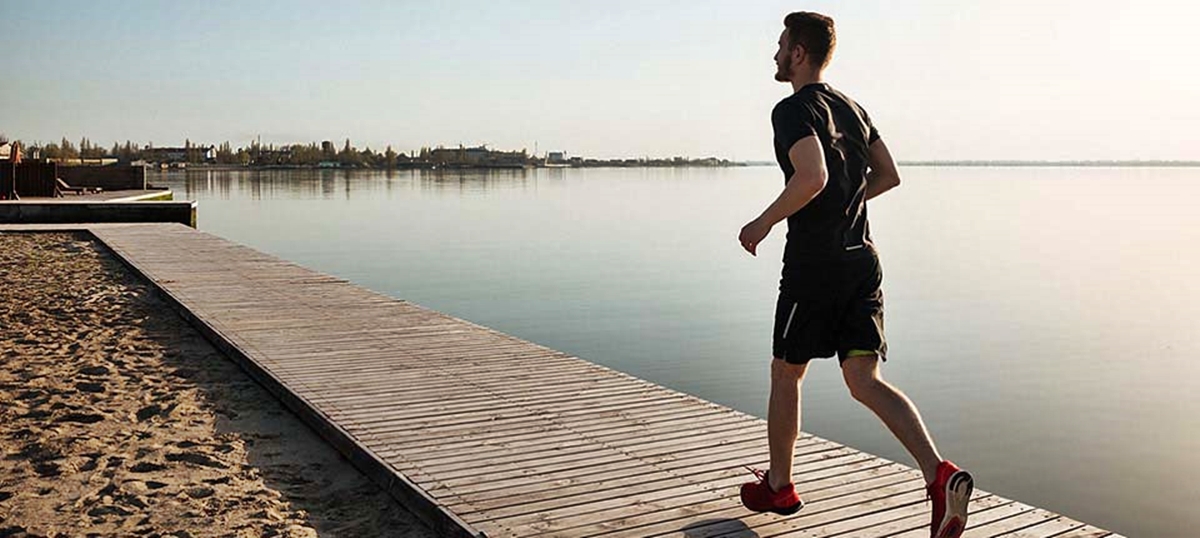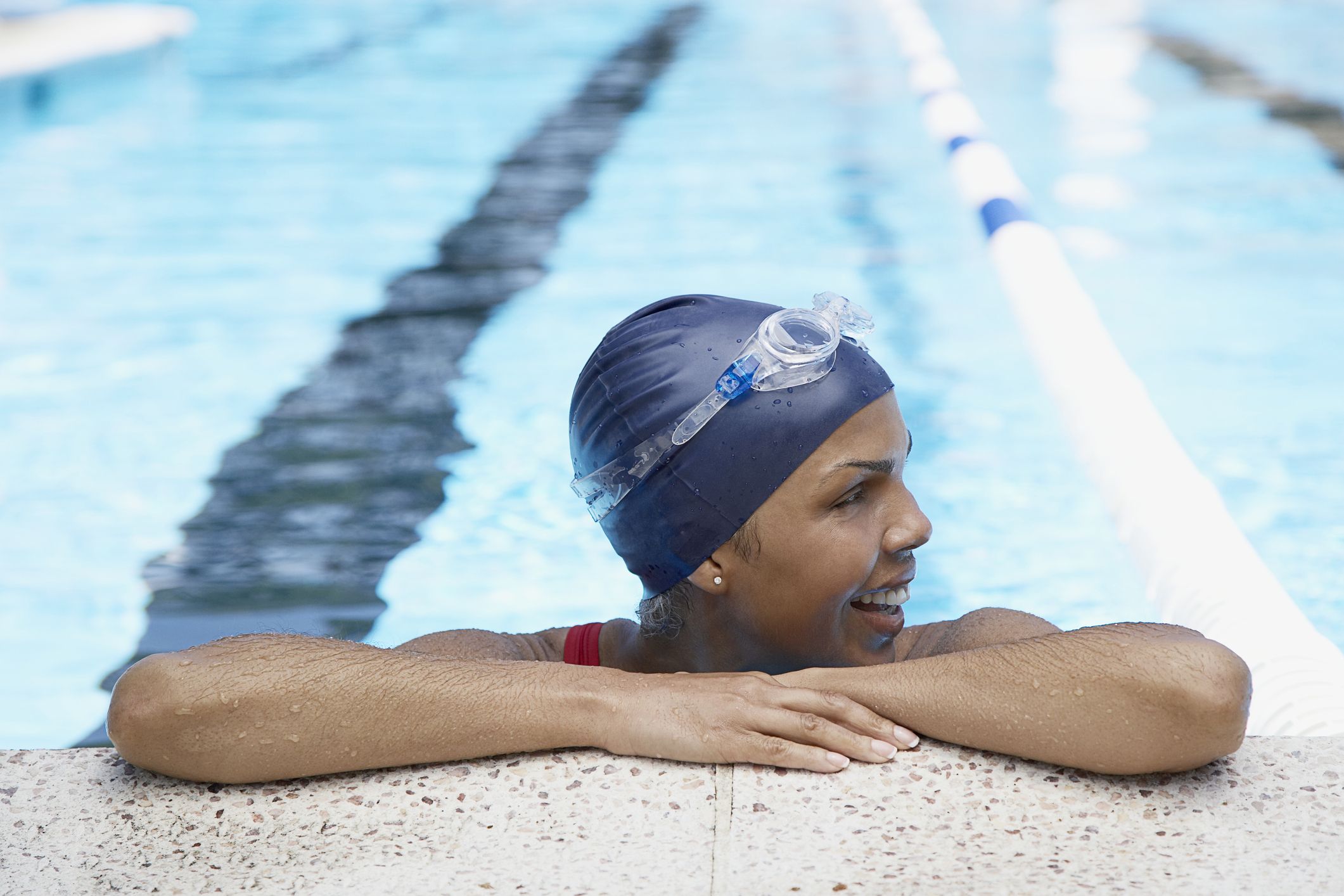

Featured
How Long Is A Good Swimming Workout
Modified: August 21, 2023
Looking for a featured swimming workout? Learn how long a good swimming workout should be and achieve your fitness goals with these effective exercises.
Introduction
Swimming is not only a refreshing and enjoyable activity, but it also offers numerous health benefits. Whether you are a novice or an experienced swimmer, incorporating swimming workouts into your routine can do wonders for your physical fitness and overall well-being.
Unlike other forms of exercise, swimming provides a low-impact workout that is gentle on the joints while providing a full-body cardiovascular workout. It engages all major muscle groups, improves flexibility, and helps increase lung capacity. Moreover, swimming is a great way to relieve stress and relax the mind.
However, one question that often arises is, “How long should a good swimming workout be?” The answer to this question can vary depending on several factors, including your fitness level, goals, and time constraints.
In this article, we will explore the benefits of swimming and discuss how to determine the length of a good swimming workout. We will also provide some recommended swimming workouts that you can incorporate into your fitness routine. So, let’s dive in and discover the secrets of a great swimming workout!
Benefits of Swimming
Swimming offers a plethora of benefits for both your physical and mental well-being. Let’s explore some of the key advantages of incorporating swimming into your fitness routine:
- Full-body workout: Swimming engages all major muscle groups, including your arms, legs, core, and back. It is a great way to build strength and tone your muscles without putting excessive strain on your joints.
- Cardiovascular health: Swimming is an excellent form of cardiovascular exercise that gets your heart rate up and improves your lung capacity. Regular swimming workouts can help lower your risk of heart disease, improve circulation, and boost overall cardiovascular fitness.
- Low-impact exercise: Unlike high-impact activities like running or weightlifting, swimming is gentle on your joints. The buoyancy of water reduces the impact on your bones, making it an ideal exercise for people with joint issues or those recovering from injuries.
- Weight management: Swimming is a highly effective calorie-burning activity. It helps to increase your metabolism, burn fat, and maintain a healthy weight. The resistance provided by water also helps to tone and shape your body.
- Mental well-being: Swimming has a calming and meditative effect on the mind. The rhythmic movements and the sensation of being in water can help reduce stress, anxiety, and promote relaxation. It can also improve sleep quality and enhance overall mental clarity.
- Improved flexibility and posture: Swimming involves dynamic stretching of muscles, which helps to improve flexibility and range of motion. It also strengthens your core muscles, leading to better posture and spinal alignment.
- Enhanced endurance: Regular swimming workouts can significantly improve your overall stamina and endurance levels. As you progress in your swimming abilities, you will find yourself able to swim longer distances or complete more challenging workouts.
These are just a few of the many benefits that swimming can offer. Whether you are looking to lose weight, improve your cardiovascular fitness, or simply enjoy a low-impact form of exercise, swimming is a fantastic choice that ticks all the boxes.
Determining the Length of a Good Swimming Workout
The length of a good swimming workout can vary depending on various factors, including your fitness level, goals, and time availability. Here are some guidelines to help you determine the appropriate duration for your swimming sessions:
- Fitness level: Beginners or individuals who are new to swimming may start with shorter workouts and gradually increase the duration as their endurance improves. It is essential to listen to your body and avoid overexertion, especially if you are just starting.
- Goals: Your specific fitness goals will also play a role in determining the length of your swimming workouts. If your primary goal is weight loss, longer swimming sessions of 45 minutes to an hour may be more effective. For general fitness and maintenance, 30 minutes to 45 minutes of swimming can be sufficient. If you are aiming to improve your swimming technique or participate in competitive swimming, longer workouts with specific drills and intervals may be necessary.
- Time availability: Consider your schedule and the amount of time you can dedicate to swimming. While longer workouts may offer more benefits, it is crucial to find a balance that fits into your daily routine. Even shorter sessions of 20-30 minutes can be effective if done consistently and with intensity.
- Varying intensity: It’s worth noting that the intensity of your swimming workout can also influence its duration. If you are incorporating high-intensity intervals or sprint sets, shorter workouts of 20-30 minutes can be highly efficient. On the other hand, if you prefer a more moderate pace, longer workouts may be necessary to achieve the desired cardiovascular benefits.
- Rest and recovery: In addition to considering the duration of your swimming workouts, it’s important to allow for proper rest and recovery. Your body needs time to repair and rejuvenate, so plan rest days in between intense swimming sessions. This will help prevent injury and ensure long-term progress.
Remember, the key is to find a balance that works for you and aligns with your goals and lifestyle. Whether you choose shorter, more intense workouts or longer, moderate-paced sessions, consistency is key. By committing to regular swimming workouts, regardless of the duration, you will reap the many benefits that swimming has to offer.
Factors to Consider
When determining the length of your swimming workouts, there are several factors to consider. These factors can help you tailor your workouts to meet your specific needs and maximize the benefits you can gain from swimming. Here are some key factors to keep in mind:
- Fitness and skill level: Your current fitness level and swimming proficiency will play a significant role in determining the duration of your workouts. Beginners may start with shorter sessions and gradually increase the length as they build endurance and improve their technique. Advanced swimmers may be able to handle longer and more intense workouts.
- Overall health: Your overall health, including any pre-existing medical conditions, should be considered when determining the duration of your swimming workouts. It’s important to consult with a healthcare professional if you have any concerns or underlying health issues that may affect your ability to swim for extended periods of time.
- Training goals: Your specific training goals will also influence the length of your swimming workouts. If you’re training for a specific event or competition, longer and more intense workouts may be required. If your goal is general fitness or weight loss, shorter workouts can still be effective, as long as the intensity is appropriate.
- Time availability: Consider the amount of time you have available for swimming. It’s important to choose a workout duration that fits into your schedule and allows for consistency. Even shorter workouts can be effective if done regularly and with proper intensity.
- Other forms of exercise: Take into account any other forms of exercise or physical activities you engage in. If swimming is just one component of your fitness routine, you may need to adjust the duration of your swimming workouts accordingly. Finding a balance between different activities is important to prevent overexertion and ensure overall fitness.
- Recovery and rest: Allow for adequate rest and recovery between swimming workouts. Overtraining can lead to fatigue, decreased performance, and increased risk of injury. Listen to your body and incorporate rest days into your schedule to promote proper recovery and maximize the benefits of your swimming workouts.
By considering these factors, you can customize the length of your swimming workouts to suit your individual needs and goals. Remember, it’s important to strike a balance between challenging yourself and giving your body the rest it needs to recover and progress over time.
Recommended Swimming Workouts
Now that you have an understanding of the factors to consider when determining the length of your swimming workouts, let’s explore some recommended swimming workouts that you can incorporate into your fitness routine. These workouts are designed to cater to different goals and fitness levels:
- Interval Training: Interval training involves alternating between high-intensity and low-intensity swimming. This type of workout helps to improve cardiovascular fitness, burn calories, and increase endurance. For example, you can swim 8-10 laps at a high-intensity pace, followed by a 30-second rest period, and repeat the cycle for a total of 20-30 minutes.
- Pyramid Workout: The pyramid workout is a versatile and challenging option that can be adjusted to your fitness level. Start with shorter distances and gradually increase the distance up to a peak, then decrease again. For example, swim 50 meters, then 100 meters, followed by 200 meters. Once you reach the peak (e.g., 400 meters), start decreasing the distance in the same pattern. This workout helps to build both endurance and speed.
- Technique Focus: If your goal is to improve your swimming technique, dedicate a portion of your workout to drills that target specific areas of improvement. For example, focus on arm drills to improve your stroke technique or use kickboards to work on your leg propulsion. Use a combination of drills and swim laps to maximize the efficiency of your stroke.
- Endurance Swim: For those aiming to improve their endurance, long continuous swims are effective. Start with a distance that challenges you (e.g., 500 meters or one mile) and gradually increase it over time as you build your stamina. Focus on maintaining a steady pace throughout the swim and gradually extend the duration of your endurance workouts.
- Sprint Sets: Sprint sets are ideal for improving speed and power. Incorporate short-distance sprints (e.g., 25 or 50 meters) with plenty of rest in between sets. Repeat these sets with variations in stroke and intensity. This type of workout helps to increase anaerobic capacity and overall swim speed.
- Recovery Swim: On rest days or days when you need a break from intense workouts, a recovery swim can be beneficial. Swim at a relaxed pace, focusing on your breathing and allowing your muscles to recover. This light workout helps with active recovery and promotes blood circulation.
Remember to warm up before each workout and cool down afterward to prevent injury and promote recovery. Additionally, listen to your body and adjust the intensity and duration of the workouts based on your fitness level and goals.
By incorporating these recommended swimming workouts into your routine and constantly challenging yourself, you can improve your cardiovascular fitness, build strength, and enhance your overall swimming performance.
Conclusion
Swimming is a versatile and rewarding form of exercise that offers numerous benefits for both your physical and mental well-being. Whether you’re a beginner or an experienced swimmer, determining the length of a good swimming workout is key to optimizing your results.
By taking into consideration factors such as your fitness level, goals, time availability, and overall health, you can tailor your swimming workouts to fit your needs. Whether you opt for shorter, intense sessions or longer, moderate-paced workouts, consistency is key.
Remember to incorporate a variety of swimming workouts into your routine, such as interval training, pyramid workouts, technique-focused drills, endurance swims, sprint sets, and recovery swims. This will help you improve your cardiovascular fitness, build strength, enhance endurance, and refine your swimming technique.
Additionally, don’t forget to warm up before each workout, cool down afterward, and provide ample time for rest and recovery. These practices will help prevent injury and promote overall progress.
So, whether you’re aiming to lose weight, improve your cardiovascular health, or simply enjoy a refreshing and invigorating form of exercise, swimming is a fantastic choice. Dive into your swimming workouts with enthusiasm and dedication, and enjoy all the benefits that this fantastic activity has to offer.
